In that context, international experience in institutions, green finance, science and technology and international cooperation is an important source of reference for Vietnam to accelerate the transformation process while limiting risks and costs.
Many bottlenecks in the green transition process
Over the past 30 years, the energy sector has always been the foundation for Vietnam's socio -economic growth. In the period 2011-2023, energy demand increased by an average of about 6.5% per year, among the highest in the Asia region. Demand increased rapidly while new supply and transmission infrastructure have not kept up, creating great pressure on the power system and energy security.
The primary energy structure is still skewed towards fossil fuels: Coal accounts for nearly half, followed by oil and gas; renewable energy, hydropower and biomass still account for a low proportion. The electricity mobilization structure in 2024 shows that coal-fired thermal power still accounts for the majority, while wind and solar power only account for about one-tenth. This puts Vietnam at double risk: being affected by fluctuations in global fuel prices, while at the same time being under pressure to reduce emissions to fulfill the Net Zero commitment.
On the other hand, Vietnam's renewable energy potential is assessed by many international organizations as very large. Research by international organizations shows that Vietnam has advantages in offshore wind power, high solar radiation and biomass and urban waste that can be converted into energy. The coastal areas of the Central, Central Highlands and the South are assessed to be able to become a "new energy axis" if there is synchronous investment in transmission and storage.

Renewable energy is seen as a pillar in the green transition strategy.
By the end of 2024, the total power capacity will be around 80 GW, of which renewable energy accounts for around 24 GW. Although the proportion of renewable energy has increased rapidly compared to the period before 2020, the source structure is still unbalanced, the transmission grid is overloaded in many areas, and the storage system is underdeveloped, leading to many projects having to cut capacity.
Resolution 70 emphasizes four major goals: Building a modern, sustainable energy system; increasing the proportion of renewable energy; reducing greenhouse gas emissions; promoting a green economy and a circular economy. To realize these goals, Vietnam must simultaneously solve the problems of rapidly increasing demand, dependence on fossil fuels, and limitations in infrastructure, technology, and human resources.
International experience shows that clear, stable and consistent institutions are prerequisites for green energy transition.
First of all, it is necessary to build a unified and transparent legal framework for green energy development and efficient energy use. It is possible to calculate the mechanism to integrate the contents of the competitive electricity market, the direct electricity trading mechanism, the carbon market, and energy storage in a common law, in order to create a foundation for ministries and branches to implement synchronously.
Power planning and overall energy planning need to be updated periodically, with flexible adjustment mechanisms according to changes in demand, resource development capacity and infrastructure. Lessons from previous plans show that if the capacity to develop regional grid resources is not fully assessed, it is easy to lead to imbalances and waste of resources. A national energy transition coordination hub can help unify planning, policy and implementation.
Regarding incentive mechanisms, experience from many countries shows a trend of shifting from fixed FIT prices to competitive bidding, linked to technology, localization and emission criteria. Along with that, designing a carbon tax system and domestic carbon credits is an important tool for businesses to proactively adjust their investment strategies, especially in the context of mechanisms such as the EU's CBAM that will strongly impact energy-intensive exports.
The policy-making process needs to be accompanied by independent monitoring, adjustment and evaluation mechanisms to avoid repeating planning errors and ensure a balance between the goals of rapid development and system safety.
One of the major barriers to green energy projects is capital costs and investment risks. Many countries have established national green finance funds, operating on a public-private co-financing model.
For Vietnam, the establishment of a National Green Energy Investment Fund could be a suitable option. This fund can mobilize capital from the budget, international financial institutions and the private sector, focusing on strategic areas such as hydrogen, energy storage, offshore wind power, and coal-gas infrastructure conversion.
Along with that, it is necessary to promote the issuance of green bonds, expand green PPP models and commercial green credit. The State Bank and relevant ministries and branches can issue a set of green project criteria as a basis for applying preferential interest rates and reducing capital costs for qualified projects.
International experience also shows the important role of the private sector and FDI in energy transition. The issue is not only attracting capital, but also attracting source technology, management capacity and market networks. Therefore, policies need to encourage a blended finance model, in which the state shares part of the initial risk to attract long-term investors, especially in new areas such as hydrogen, storage, and smart grids.
Investment in science , technology and human resources
Green energy transition is only sustainable when accompanied by self-reliance in science, technology and human resources.
First of all, it is necessary to increase investment in R&D in the field of green energy, with key programs on hydrogen, new materials, storage technology, smart grid, AI - IoT applications in energy system management. A dedicated green energy research and innovation fund can help focus resources on priority tasks, connecting research institutes, universities and businesses.
The establishment of innovation centers and key green energy laboratories in major economic regions will create infrastructure for testing, incubating startups and commercializing technology. The "state - institute - enterprise" linkage model in programs such as Horizon Europe or clean energy funds in some countries can be a reference suggestion.
Regarding human resources, it is necessary to soon include training programs related to smart energy systems, energy storage, carbon management, and energy economics in university curricula, while expanding international joint programs and specialized scholarships. The mechanism for attracting, using, and rewarding experts in the field of new energy is also a decisive factor in building a strong enough team in the next 10-15 years.

Wind power and solar power play an increasingly important role in Vietnam's power source structure.
Green energy transition is an inevitable requirement to ensure energy security, implement Net Zero commitments and enhance economic competitiveness. This is not just a story of investment capital or technology, but also a requirement for innovation in development thinking, linking policy, finance, science - technology and the market.
From international experience and Vietnamese practice, some orientations can be proposed: Develop a national strategy on green energy science and technology for the 2026-2040 period, linked to the goals of Resolution 70 and the Net Zero 2050 commitment. Establish a green energy innovation fund and a national green energy investment fund, creating a co-financing mechanism between the state, international organizations and the private sector. Gradually increase the investment rate for energy R&D, towards a level equivalent to that of countries in the region; prioritize the fields of hydrogen, storage, smart grid, new materials. Complete the legal framework for the competitive electricity market, DPPA, carbon market and energy storage, while strengthening enforcement supervision, reducing procedural costs for investors. Establish a close coordination mechanism between the state, enterprises, research institutes, universities and international investors in large energy projects.
Synchronously implementing solutions on institutions, finance, science and technology, infrastructure and human resources will help Vietnam shorten the gap in energy conversion, effectively exploit renewable energy potential, ensure energy security and create a foundation for green and sustainable growth in the coming decades.
Source: https://mst.gov.vn/thuc-day-chuyen-doi-nang-luong-xanh-tai-viet-nam-nhin-tu-kinh-nghiem-quoc-te-197251115174310254.htm



![[Photo] Prime Minister Pham Minh Chinh meets with representatives of outstanding teachers](https://vphoto.vietnam.vn/thumb/1200x675/vietnam/resource/IMAGE/2025/11/15/1763215934276_dsc-0578-jpg.webp)

![[Photo] General Secretary To Lam receives Vice President of Luxshare-ICT Group (China)](https://vphoto.vietnam.vn/thumb/1200x675/vietnam/resource/IMAGE/2025/11/15/1763211137119_a1-bnd-7809-8939-jpg.webp)

![[Photo] Panorama of the 2025 Community Action Awards Final Round](https://vphoto.vietnam.vn/thumb/1200x675/vietnam/resource/IMAGE/2025/11/15/1763206932975_chi-7868-jpg.webp)

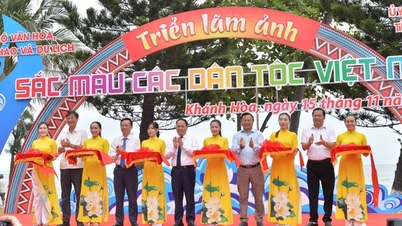



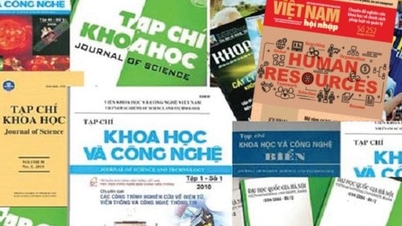
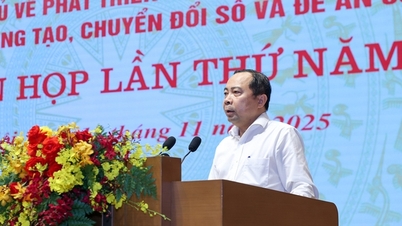





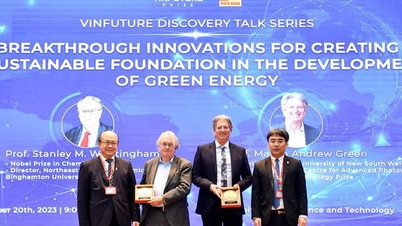



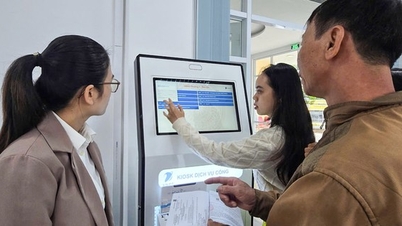





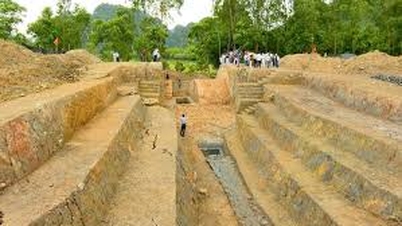







































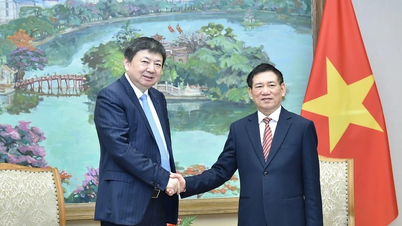
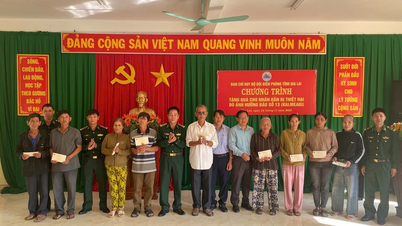





















Comment (0)